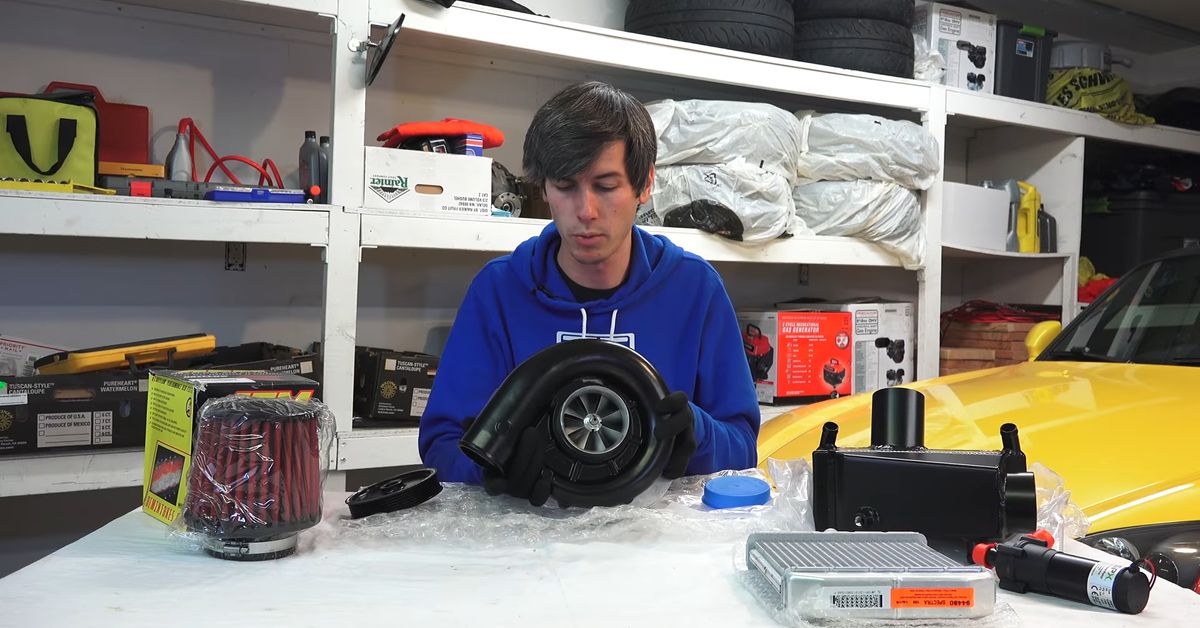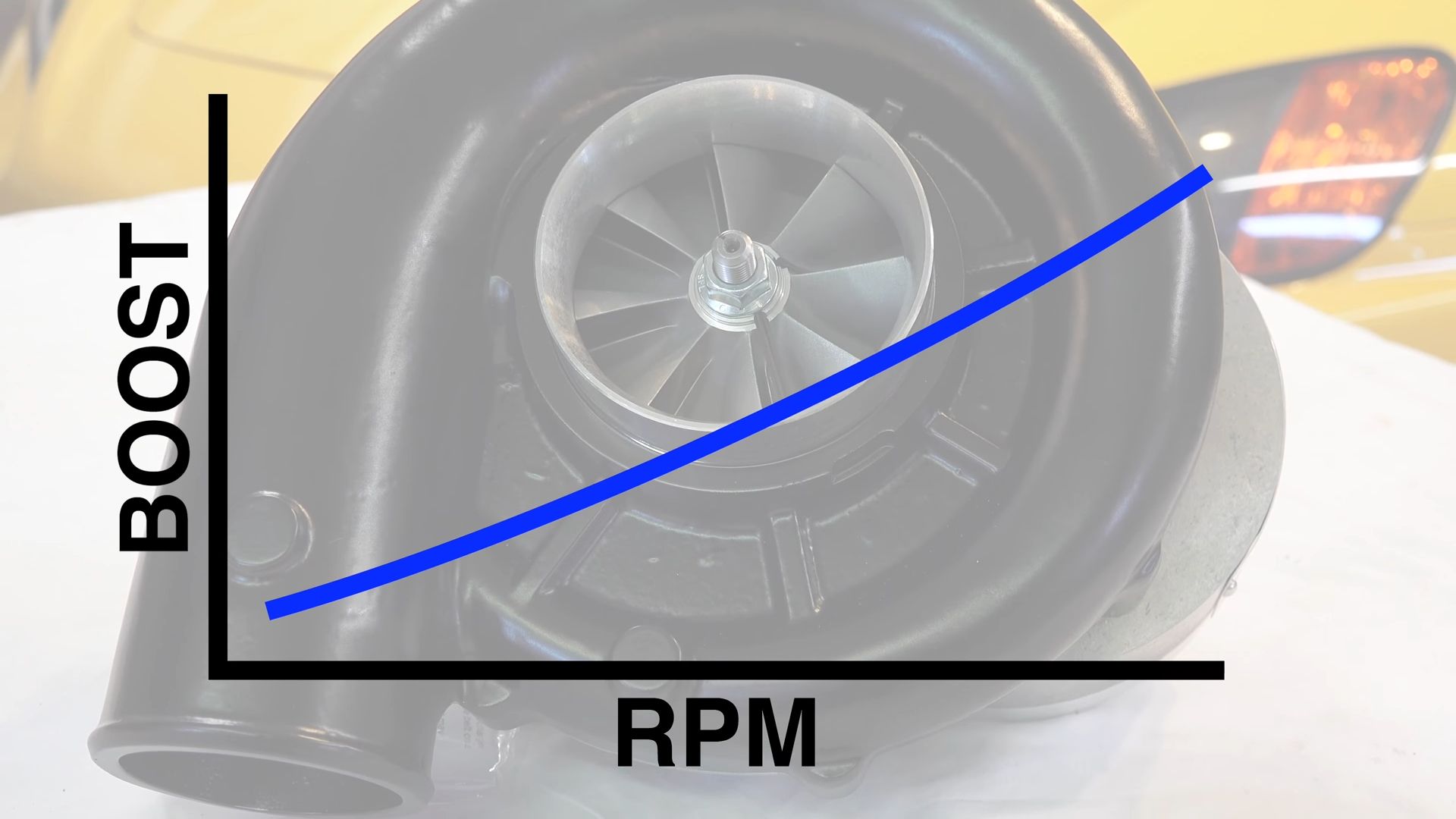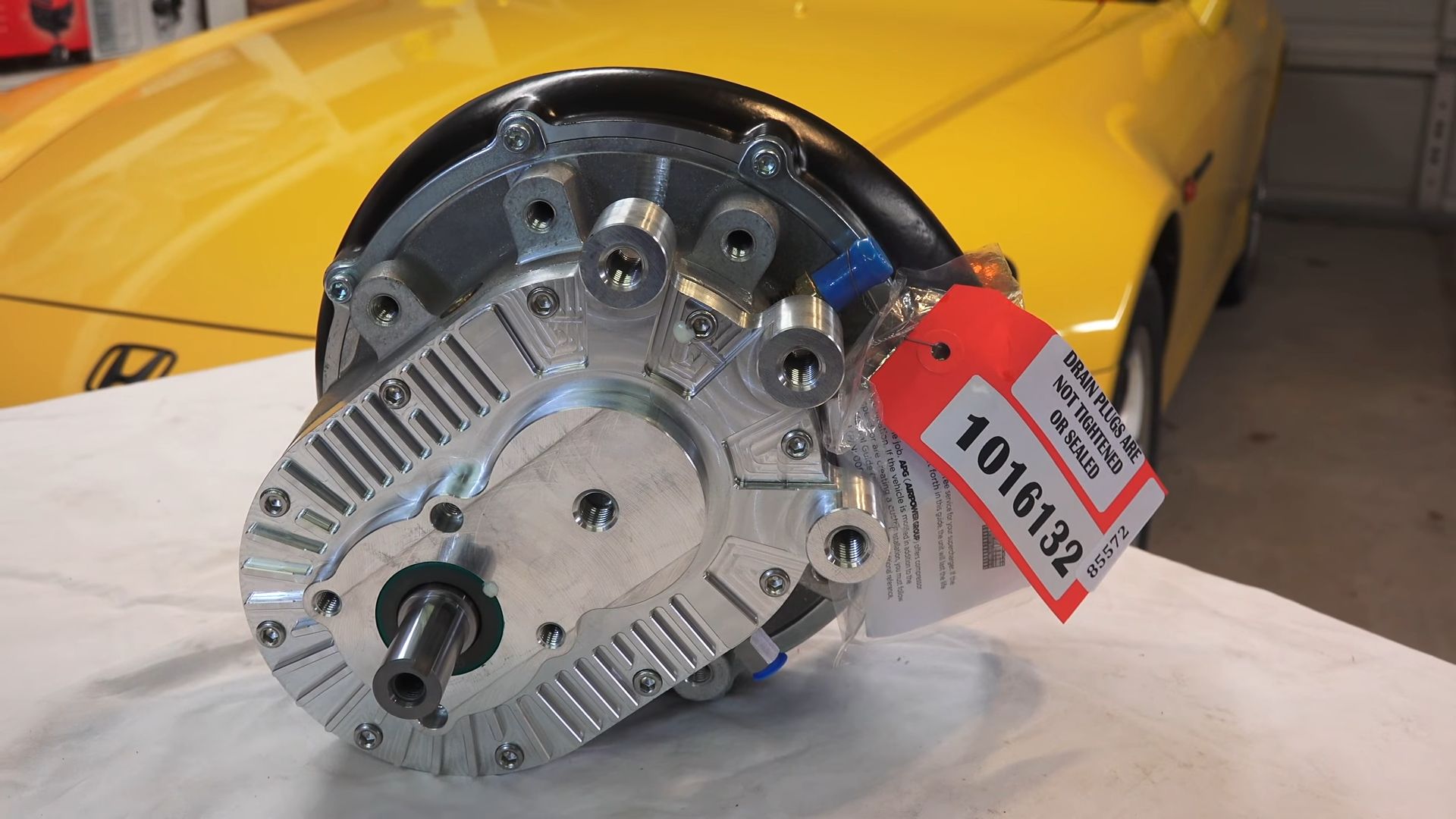When you want to make your food spicier, you reach for the hot sauce. When you want to make your car spicier, you get yourself a turbocharger. It's just that simple, right?
In reality, a chef has many options when it comes to making their food tangier. Similarly, when car companies and tuners want to make a car go faster, they also have a lot more options other than just a turbo.
However, you might not think that this is the case, as it appears that whenever an automotive manufacturer wants to make their vehicle better (and by better, we mean either faster or more fuel-efficient), they seem to always just stick a turbo in it and call it a day.
Well, while it is unlikely that this practice will change anytime soon for any OEM (except maybe when all cars go the way of Teslas), you should know that there are indeed other choices. Specifically, why not try fitting a centrifugal supercharger to your car? After all, it does look like a turbo-charger.
Let's take a closer look at why the turbocharger's (almost) twin brother is another viable option to give your car more oomph.
In Practice, It's Quite Similar To A Turbocharger
As you may have already noticed, a turbocharger and a centrifugal supercharger do share some striking visual similarities (especially when viewing it from the compressor side). This is by no means a coincidence, as both mechanisms are designed to force air into the engine via the use of an impeller (A.K.A. forced induction). This, however, is where the similarities end.
In order for either of these methods to work, there needs to be a force of some kind being exerted on the impeller in order to make it spin. In the case of a turbocharger, exhaust gasses are utilized to get things moving.
However, when it comes to the centrifugal supercharger, an engine-mounted belt-driven pulley system is used to spin the impeller.
Centrifugal Superchargers Provide Many Benefits
So, now that we’ve established how a centrifugal supercharger differs from a turbocharger, let’s get into the benefits of this form of supercharger.
For starters, they tend to be much more thermodynamically efficient than that of other superchargers, as centrifugal superchargers typically generate less heat. This is a very desirable trait because the cooler the air that enters the engine, the more power that will be generated.
Additionally, when it comes to the concept of heat transfer, centrifugal superchargers are usually a better option than that of a roots-type or twin-screw supercharger. The reason why this is the case is that these methods usually require mounting the supercharger to the middle of the engine. Conversely, a centrifugal supercharger can be mounted to the sides of the engine where there is less heat being generated.
Unfortunately, There Are Some Negatives As Well
So, if all of this sounds so great, why isn’t everyone attaching a centrifugal supercharger to their vehicle? Well, one issue is that centrifugal superchargers are extremely prone to something called “Parasite Syndrome”. This occurs when the engine has to use up some horsepower just so that it can move the impeller.
Further, because it’s a belt-driven system, there is not much boost being produced when the car is experiencing low RPMs. As a result of this, the power band is extremely linear. So, in layman’s terms, there’s just a lot of lag.
If you're willing to put up with these relatively minute downsides, then it's possible that a centrifugal supercharger might be right for you. If you're still not convinced, then feel free to check out the video down below.




